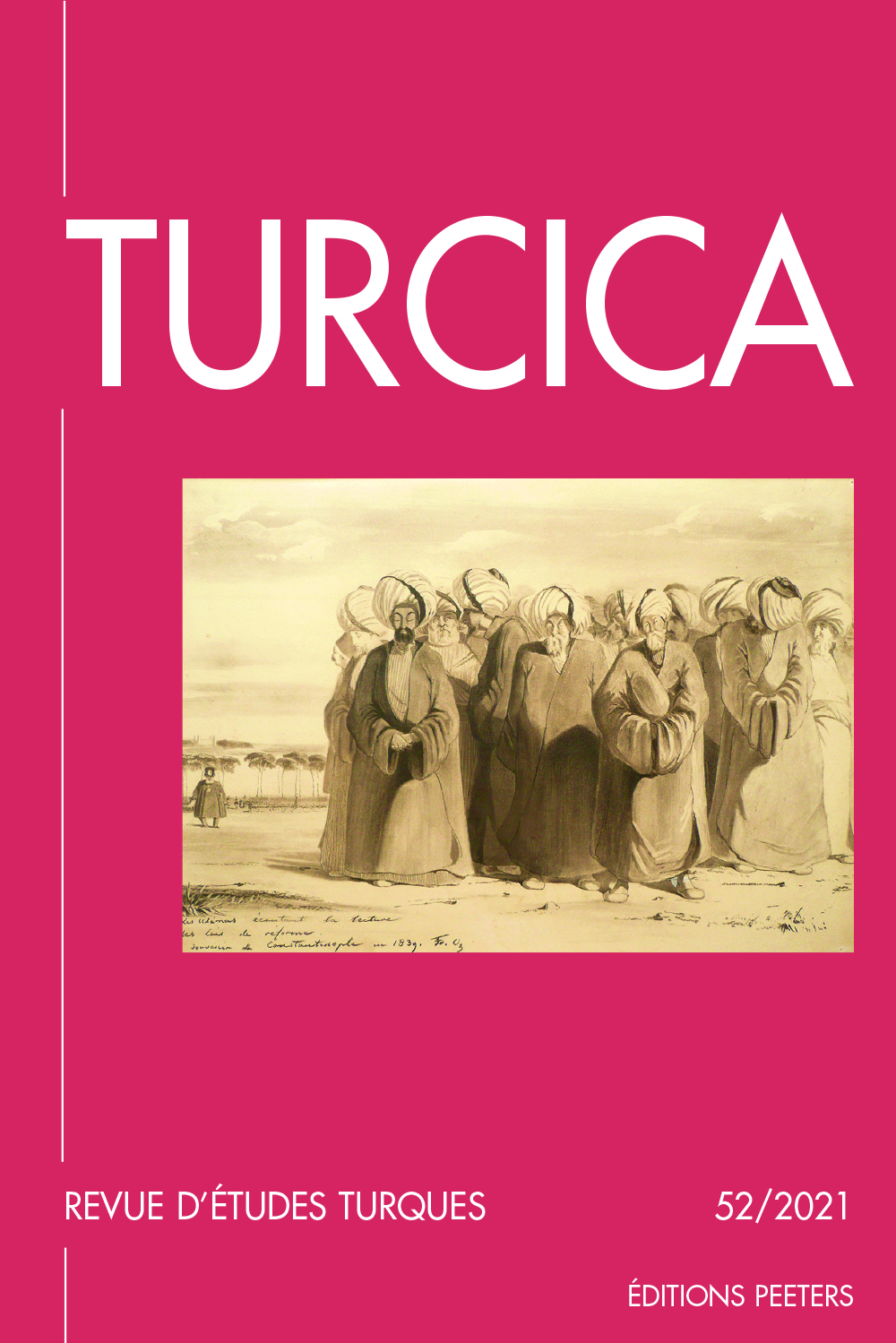 previous article in this issue previous article in this issue | next article in this issue  |

Preview first page |
Document Details : Title: The Yazicioğlu Brothers and the Textual Genealogies of Ottoman Islam Author(s): GRENIER, Carlos Journal: Turcica Volume: 49 Date: 2018 Pages: 37-59 DOI: 10.2143/TURC.49.0.3285077 Abstract : This article investigates the textual genealogies of some fundamental dogmatic source-texts of Ottoman vernacular piety, the Maghārib al-Zaman, Envārü’l-'Aşıqīn, and Muḥammediyye of the brothers Meḥmed (d. 1451) and Aḥmed Bīcān (d. ~1466) Yazıcıoğlu of Gelibolu. Aiming to historicize the development of an Ottoman popular religious sensibility within the intellectual culture of non-elite scholars in the Ottoman frontier lands, it examines in detail the brothers’ library by analyzing the patterns of their citations and anthological inclusions. It appears that the Yazıcıoğlu brothers drew from a library comprised of specific sets of canonical narrative, exegetical, and legal texts from Ḥanafī environments. This suggests the vitality of the waves of intellectual transit between Anatolia and the Timurid world while reminding one of the need to understand Ottoman Sunni identity as a site of ongoing change. Cet article examine les généalogies textuelles de certaines sources textuelles dogmatiques fondamentales de la piété vernaculaire ottomane: Maghāribu’z-zaman, 'Envārü’l-'Aşıqīn et Muḥammediyye des frères Meḥmed Yazıcıoğlu (mort en 1451) et Aḥmed Bīcān (mort vers 1466) de Gallipoli. Dans le but d’historiciser le développement d’une sensibilité religieuse populaire au sein de la culture intellectuelle des savants populaires sur les frontières ottomanes, l’article examine en détail les oeuvres des frères Yazıcıoğlu en analysant leur pratique de citation et leurs choix de références. À l’analyse de leurs textes, il semble qu’ils aient puisé dans un fonds spécifique de récits canoniques et de textes juridiques et exégétiques issus des milieux hanéfites. Ceci suggère la vitalité des vagues de transit intellectuel entre l’Anatolie et l’Empire timouride, tout en soulignant la nécessité de comprendre l’identité sunnite ottomane à l’aune d’une perpétuelle évolution. |
 |


